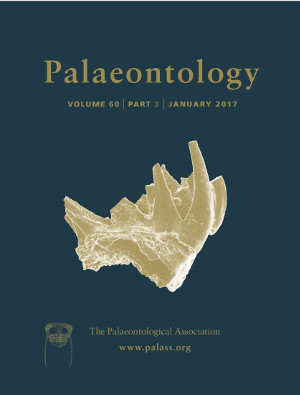Reg. Charity No. 1168330

Trilobites were capable of enroling in different ways based on the flexible articulation of thoracic segments and associated interlocking devices; the type of enrolment (spiral or sphaeroidal) is thought to have largely depended on the coaptative devices that each trilobite used to enclose the body. Based on X‐ray microtomography scans of complete enrolled specimens from the Cambrian, we created three‐dimensional (3D) computer models to assess the kinematics needed to achieve both enrolment types. We demonstrate that closely related trilobites with little morphological variation (Bailiaspis?, Conocoryphe and Parabailiella) developed different enrolment types as a result of small variations in the number of thoracic segments and the angle between adjacent segments. Moreover, our models indicate that sphaeroidal enrolment, which is associated with a smaller number of thoracic segments, enabled faster encapsulation. This supports the hypothesis that there was a trend in the evolution of trilobites towards reduction in the number of thoracic segments in phylogenetically derived taxa in order to enhance the efficiency of enrolment.